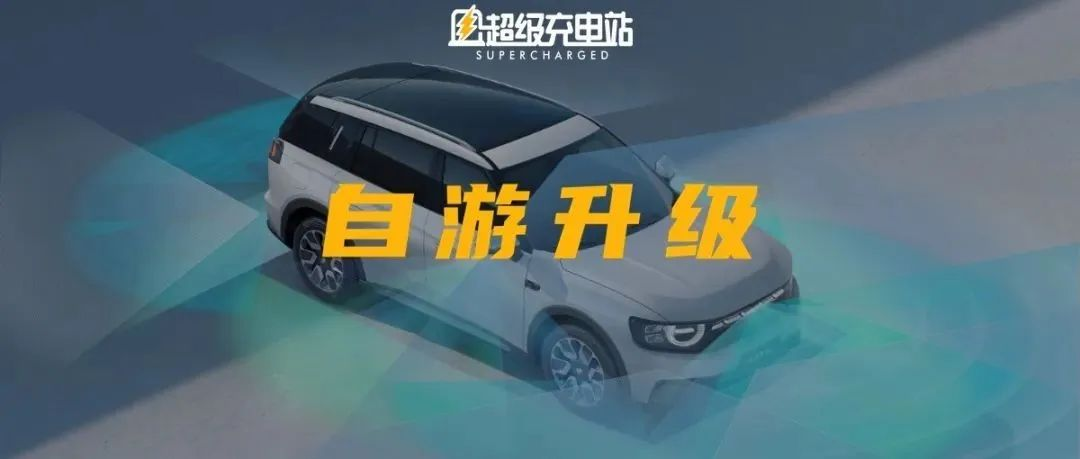Author: Chang Yan
This month marks the two-year anniversary of the “Super Charging Station.”
The one term I have learned the most in these two years running my company is “on-demand upgrades.”
“On-demand upgrades” can be further divided into two meanings: “on-demand” refers to the constantly growing and deepening needs of users, while “upgrades” require immediate solutions that are both capable and priced reasonably.
For example, we rent office space starting with the smallest room, and then upgrade to a larger one when more people come.

Similarly, for the editing computers we use, we start with a mainstream configuration and gradually add hardware as needed.
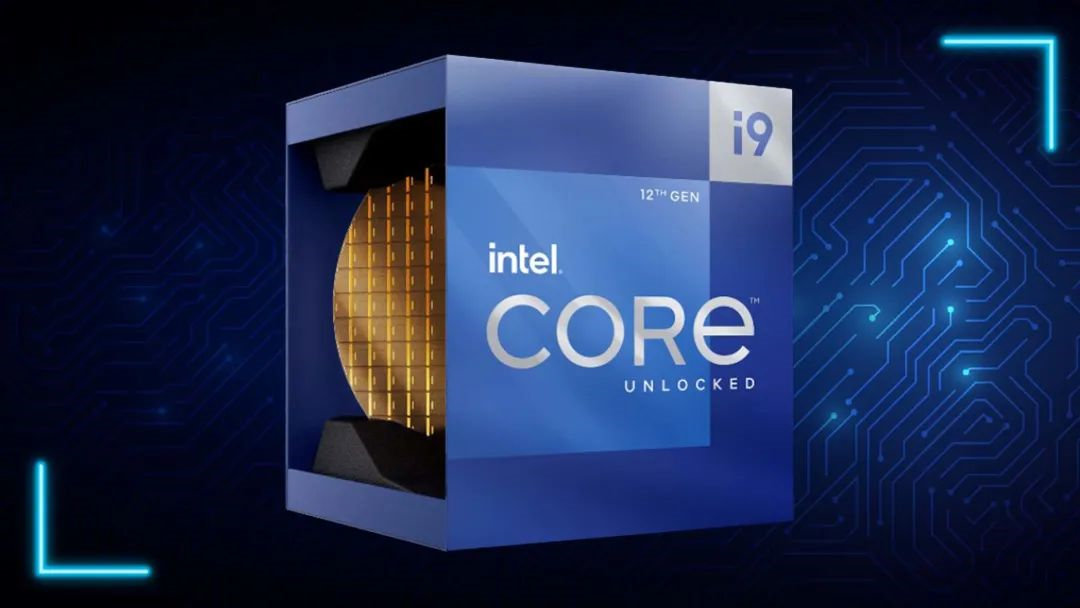
When we buy them, they are adequate, and when we upgrade, the additional performance products we need become more affordable.
If you agree with the above principle, you will understand the following news well.
Ziyoujia NV is making a car that can be upgraded on demand in terms of intelligent driving assistance, a vehicle that is “intelligent and scalable.”
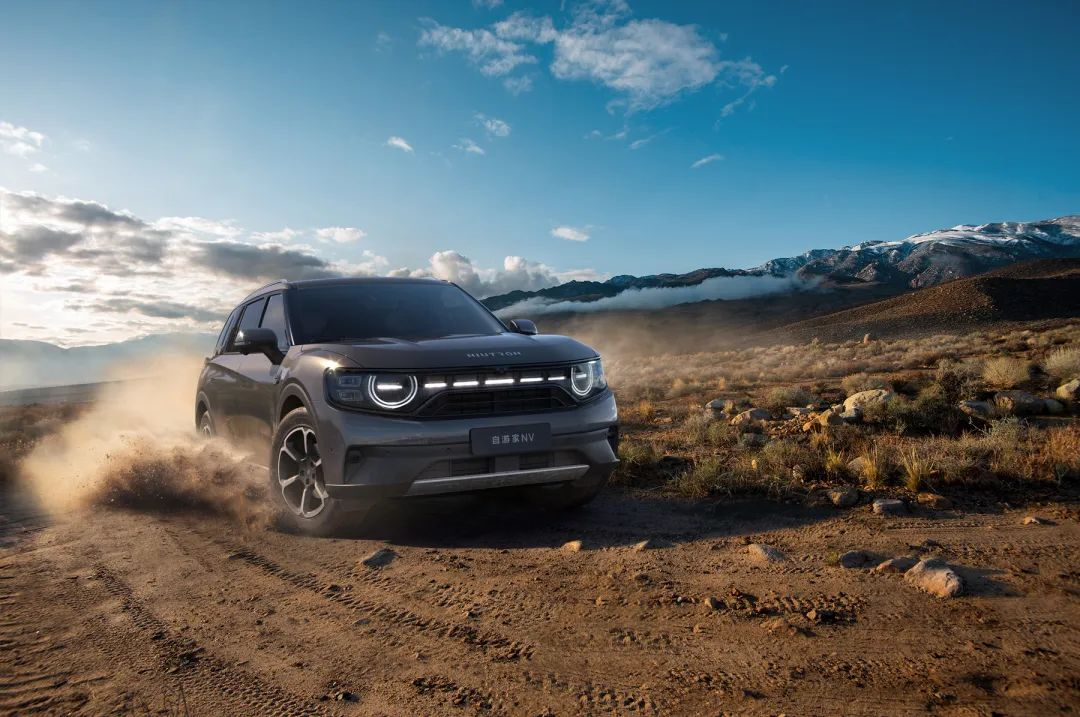
The first system-level hardware is upgradable
As we all know, intelligent driving assistance is currently on the eve of a transformation in both software functionality and hardware capabilities. It can be said that this is a watershed for technological breakthroughs.
Ziyoujia NV is a car that stands on two levels, or more magnificently, on both sides of the river.
When it comes to its launch this year, Ziyoujia NV will use Horizon Matrix Mono’s single visual perception solution, with its decision-making based on the Horizon Journey 2 chip and its perception system consisting of one front camera and five millimeter-wave radars.
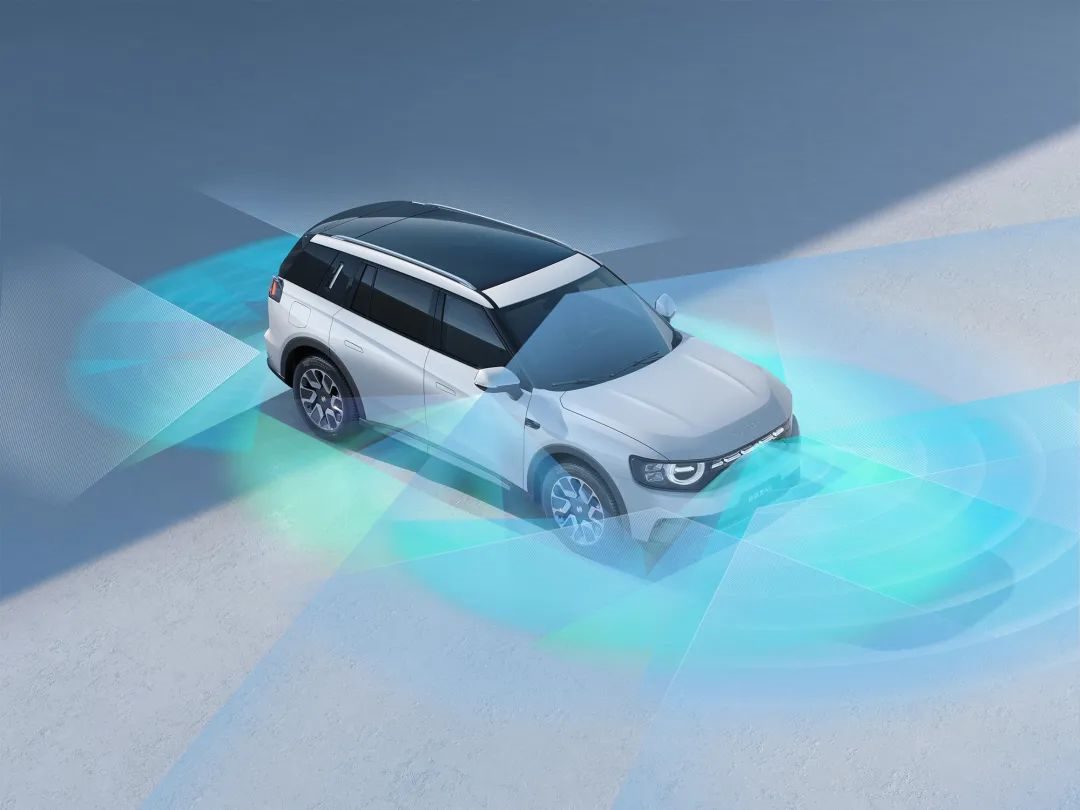
The characteristics of this system are maturity, stable functionality, and outstanding cost performance. When Ziyoujia NV is delivered this year, it will stably provide 24 functions, including AEB (automatic emergency braking), ACC (full-speed range adaptive cruise control), LCC (lane center control), LCA (lane changing assistance), BSD (blind spot monitoring), and APA (full-automatic parking).
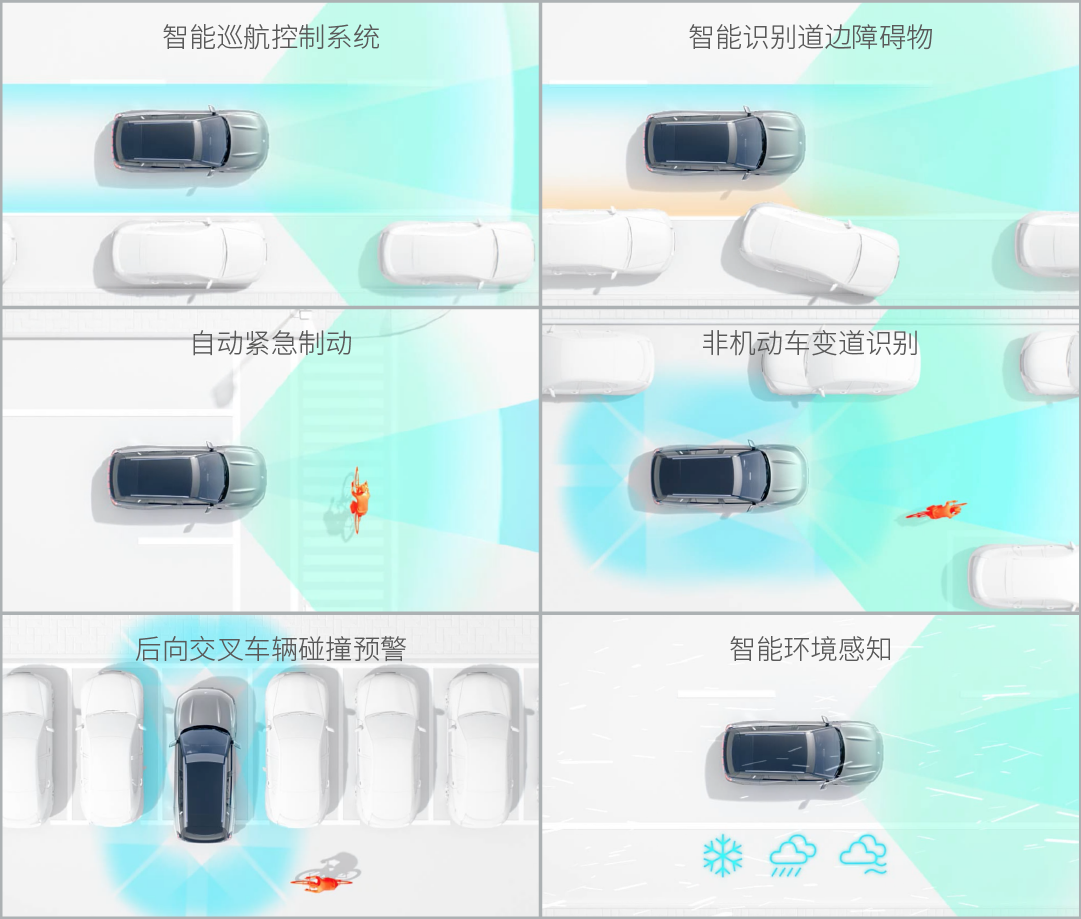 The underlined emphasis is that the entire system is a standard feature of the self-driving NV series, and users do not need to face complex upgrade choices or incur high costs to use these driving assistance and active safety features.
The underlined emphasis is that the entire system is a standard feature of the self-driving NV series, and users do not need to face complex upgrade choices or incur high costs to use these driving assistance and active safety features.
However, anyone who cares about the intelligent automotive and autonomous driving industry knows that the past two years have been the transformation period of assisted driving from “available” to “usable”, and from fragmented scenarios to full domain scenarios. Will my car be outdated in two years if I buy it now?

The solution provided by self-driving NV is very “hardcore”: supporting a comprehensive hardware upgrade of the assisted driving system.
Starting from the third quarter of 2023, users can choose to upgrade to the SuperDrive AAD system.
Although it has been previously released that car manufacturers have upgrades for assisted driving hardware, this is the first comprehensive system upgrade that includes the decision-making chip and all sensor systems.
The SuperDrive AAD supercomputer platform is equipped with two Horizon Journey 5 chips, and AI computing power has been increased to 256 TOPS, which is 64 times the computing power of the previous version.
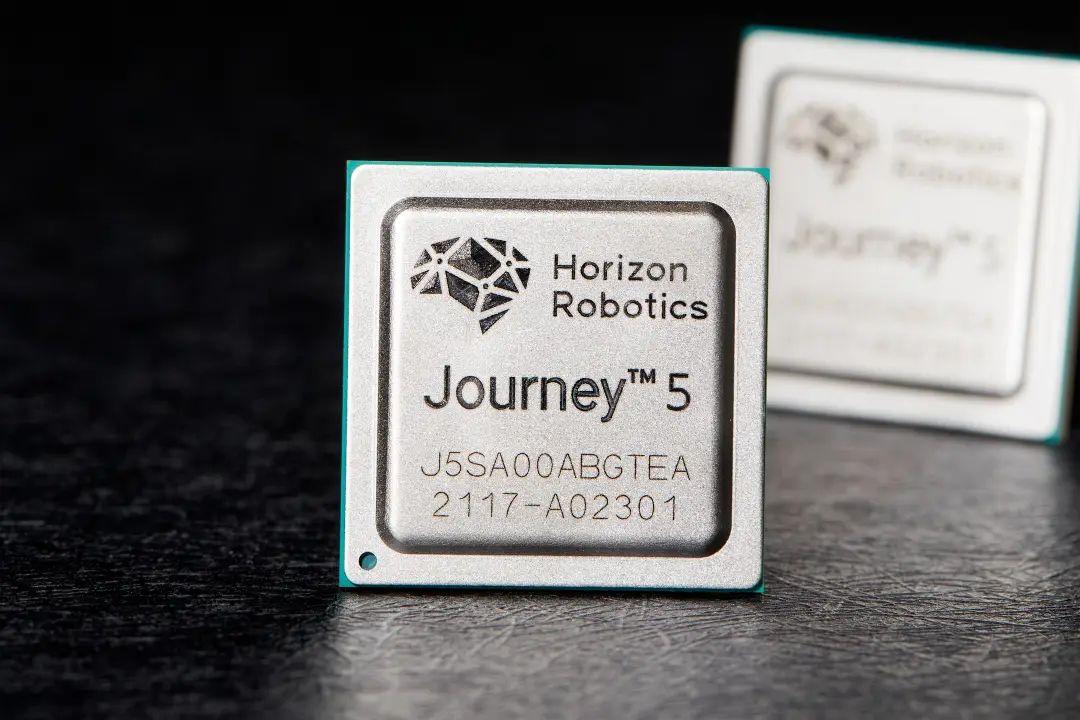
The sensor system also directly advances from the current single-camera solution to 12 cameras, including 2 8 million-pixel front-view high-definition cameras, 4 surround-view cameras, 4 side-view cameras, 1 rear-view camera and 1 driver perception camera.
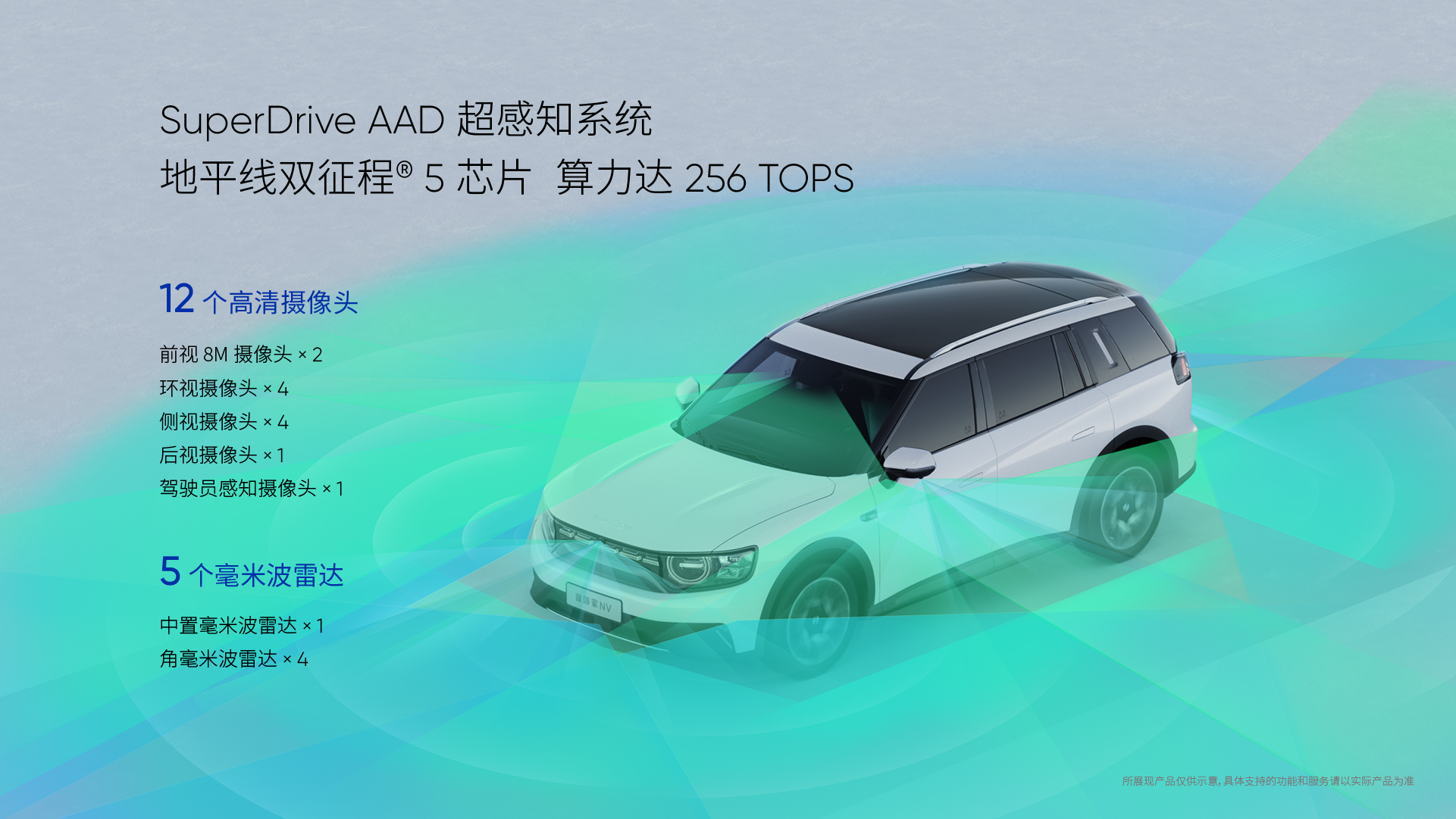
In short, after the entire system is upgraded, it can not only support more complex and advanced assisted driving functions, but also due to algorithm tuning and technological progress, there is room for further optimization of user scenarios even for existing functions.
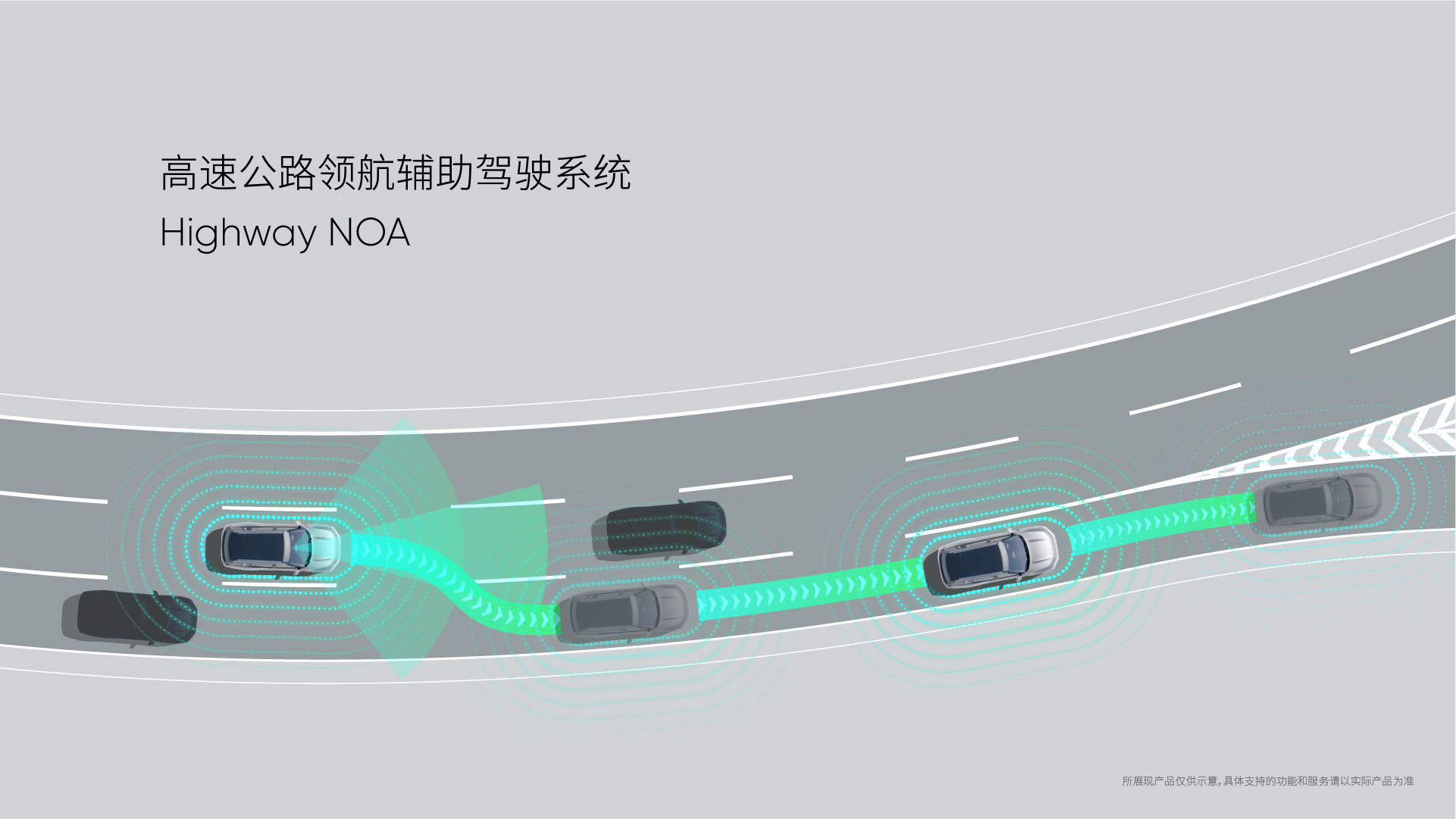
The Era of Intelligent Automotive Splicing
When experiencing the self-driving NV’s car computer system before, we were impressed by the term “building blocks”. If it was a software concept of upgrading with splicing before, this time, the assisted system has become a hardware level “building block”.
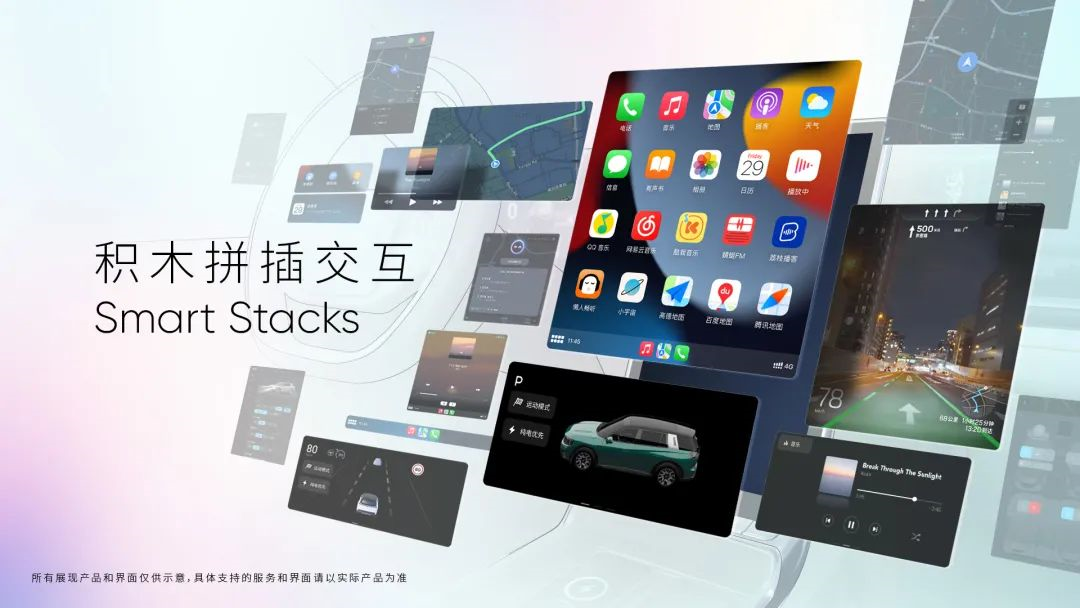 ## Translation
## Translation
This shows that the solution proposed by Zoyee is not a passive response to the change in the industry, but a subjective method to find a way to deal with the technological revolution.
From the information released, we can find that Zoyee NV has embedded interfaces for gigabit Ethernet communication and high-performance integrated field controllers in the car, which means that upgrading no longer requires significant hardware adjustments to the vehicle, and it also provides support for upgrading to higher-capability controllers and sensors.
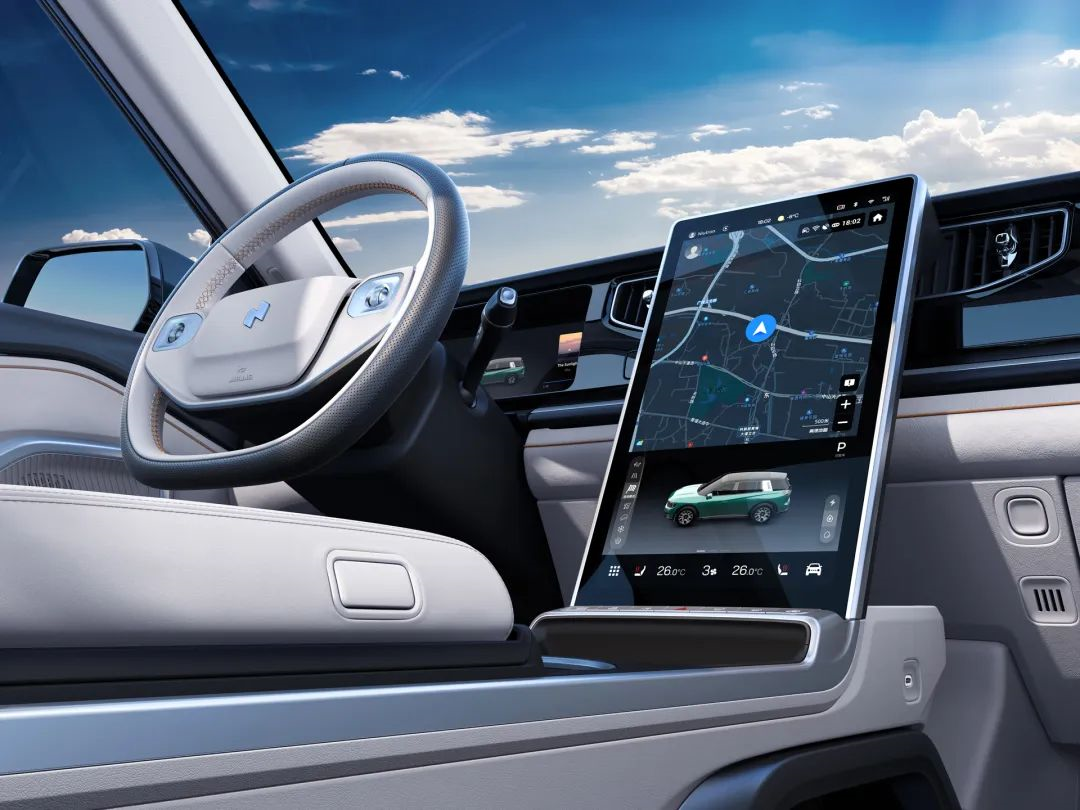
Let’s discuss the advantages and value of this approach.
The industry is currently facing a common anxiety about how to deal with the upgrade needs of advanced driving assistance systems, and various solutions have been proposed.
Some companies hope to solve the problem with the simplest possible sensors, and all the pressure for upgrading falls on the software side, while some companies bury all the hardware at the beginning and require consumers to pay for the optional installation in advance.
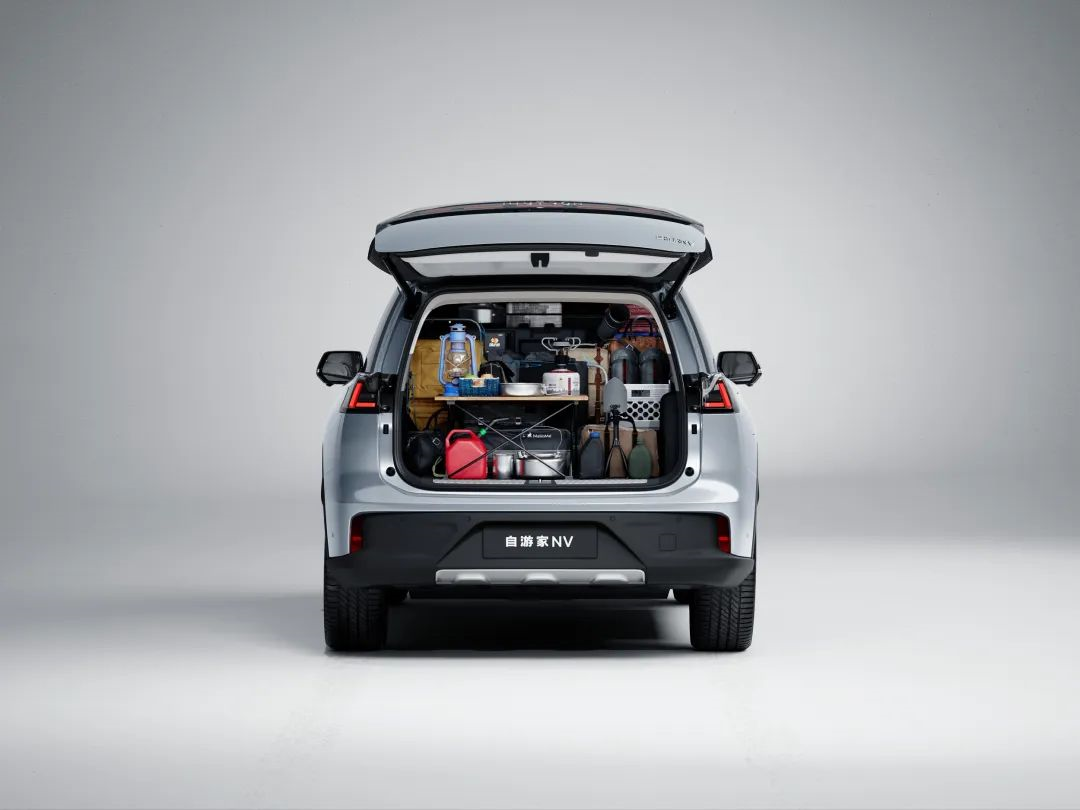
Although these methods can ultimately be effective, some require the vehicle company to make excessive R&D investment in the early stage, and some require consumers to pay a high premium, which all belong to the approach of exchanging advance payment for future benefits.
Zoyee’s solution is undoubtedly a fair exchange from the consumer’s perspective, which is more in line with consumer demand from a thinking standpoint.
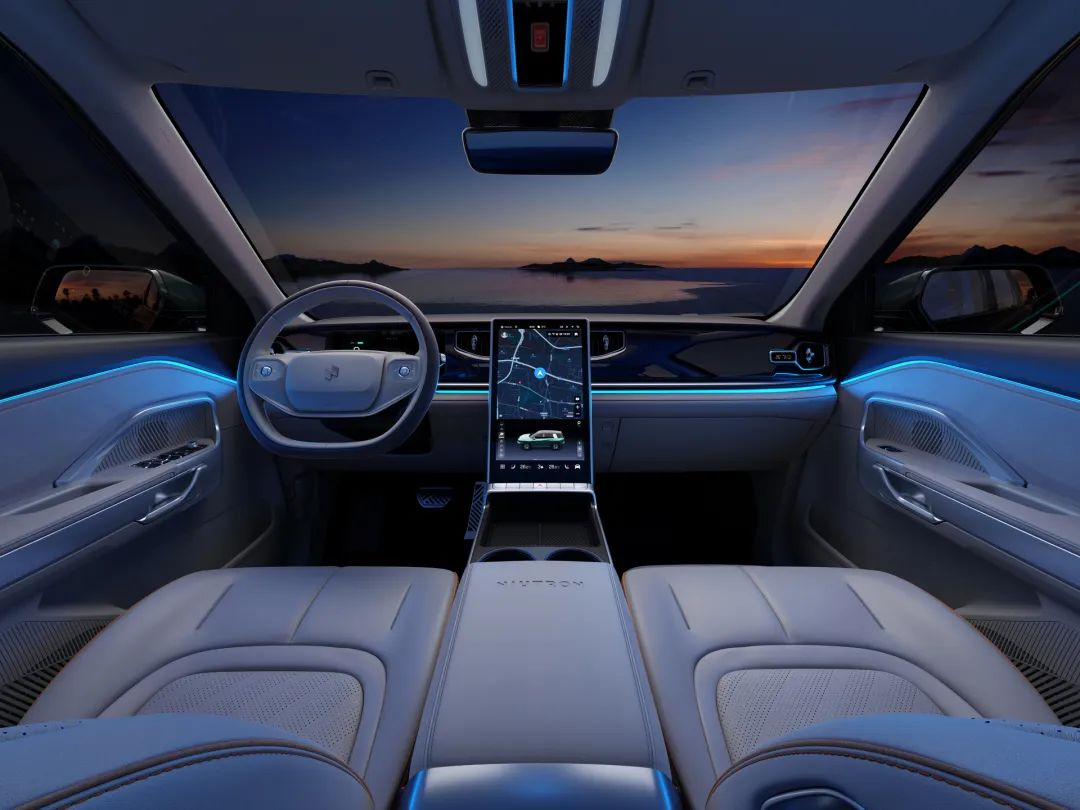
For users who do not require advanced automatic driving functions and like to drive themselves, they do not need to pay for additional hardware, but at the same time, they retain the complete right to upgrade to the next-generation automatic driving hardware.
For users who are determined to upgrade, they do not need to bear the hardware cost premium from ordering to functional delivery, and can even enjoy the dividend of lower hardware costs under Moore’s Law. At the same time, they also do not have to bear the uncertainty of algorithm development but can wait for the completion of functional development and make a reasonable choice of upgrade time and plan based on actual test situation.
It can be said that the cost of consumer upgrades is truly spent on usable functions, rather than hardware computing power.
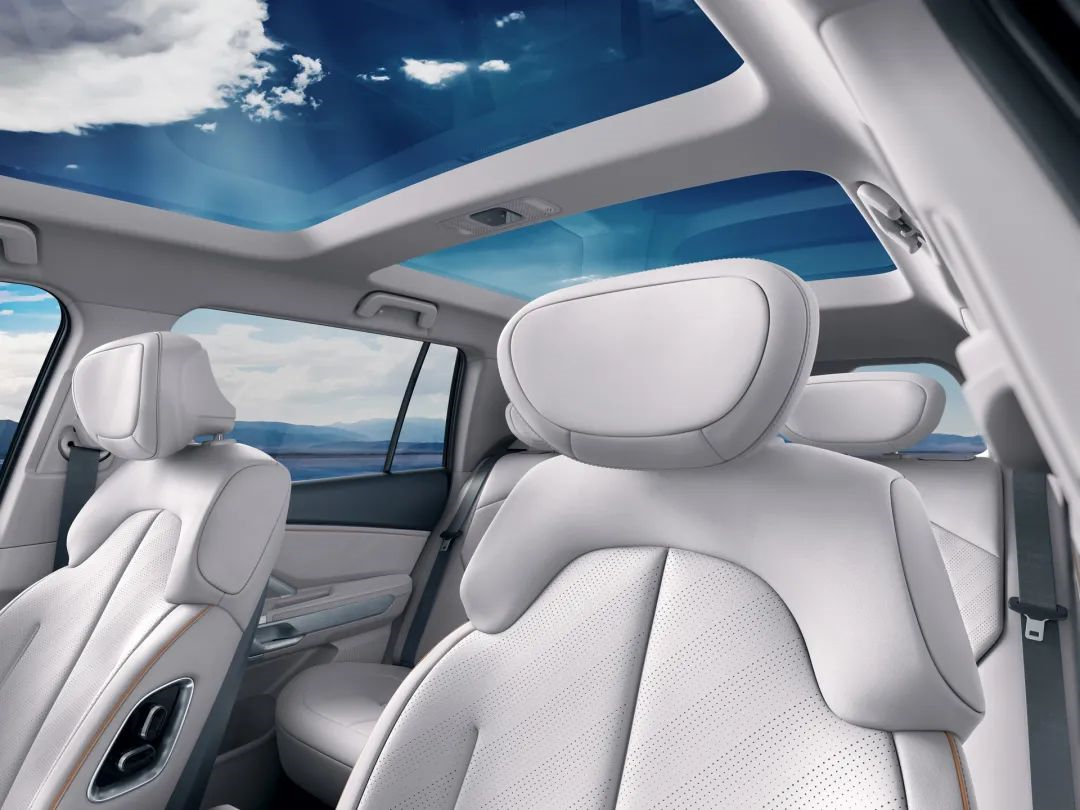
Consumers do not need to bear the risks of uncertainties in the future when purchasing a car but always have the right to choose and progress with the times.
On-demand upgrades, intelligent and expandable.
This may be a kind of “Zoyee” bringing a new way of life.
This article is a translation by ChatGPT of a Chinese report from 42HOW. If you have any questions about it, please email bd@42how.com.
